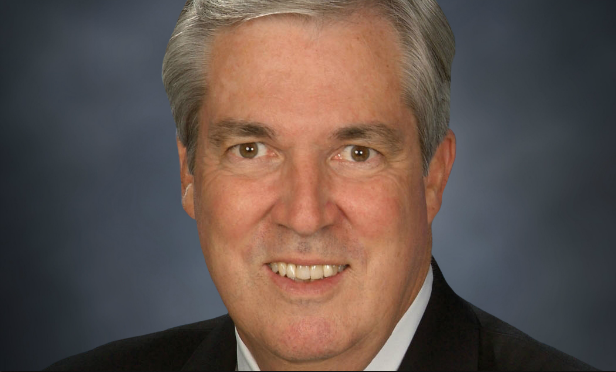 Predicting the exact trajectory of the cycle is one of the great pastimes of the commercial real estate industry, and while it is important to track the national economic cycle and patterns, each market is also running on its own cycle. Phoenix was impacted substantially by the recession—one of the most troubled markets in the country—but it is now in full recovery. As a result, while other markets are coming to the peak of the cycle, Phoenix still has a lone runway ahead.
Predicting the exact trajectory of the cycle is one of the great pastimes of the commercial real estate industry, and while it is important to track the national economic cycle and patterns, each market is also running on its own cycle. Phoenix was impacted substantially by the recession—one of the most troubled markets in the country—but it is now in full recovery. As a result, while other markets are coming to the peak of the cycle, Phoenix still has a lone runway ahead.
“The Arizona market has more runway than any other West Coast market, other than Sacramento and Oakland. We took it on the chin during the recession, perhaps as badly as any market did, and our recovery has been exceptional since then,” Dennis Desmond, senior managing director at JLL, tells GlobeSt.com. “Today, our economy is much broader based today than it was prior to the recession; our housing industry is more sustainable today than it was prior to the recession; our new construction of office product is more sustainable today that it was prior to the recession.”
This economic diversity is important to Phoenix's recovery. It is not only driving growth and creating a longer runway ahead, but it is also strengthening the economy to withstand a future downturn better than in 2008. Today, Phoenix is a much different market than is was a decade ago. “The base of our economy is much broader than it was in 2007, and when the next recession comes, I think that we will be in a much better position to weather that storm,” says Desmond. “It might be a flattening rather than the huge dip that we took in the last great recession.”
Phoenix is varied geographically, which makes it attractive to a broader base of investors. Desmond along with JLL's Peter Bauman and Tivon Moffitt recently sold a suburban office asset in Mesa to Canadian REIT Artis, and has seen an increase in activity from both domestic and foreign investors. Phoenix activity is strong in more prominent markets like Downtown, Tempe and along the Camelback corridor, as well as smaller markets like Mesa, which has also seen growth. “Mesa is a good steady market a long the freeway. This property in particular has a great history and opportunity to perform well,” says Desmond.
Population growth and job growth have helped contributed to investment activity across Phoenix submarkets, and Desmond expects fundamentals to remain strong. “Everything about Phoenix today from a fundamentals perspective is encouraging to me,” he says. “We are all susceptible to global events, but left to its own, I think the Phoenix market would have years of runway left.”
© Touchpoint Markets, All Rights Reserved. Request academic re-use from www.copyright.com. All other uses, submit a request to [email protected]. For more inforrmation visit Asset & Logo Licensing.






